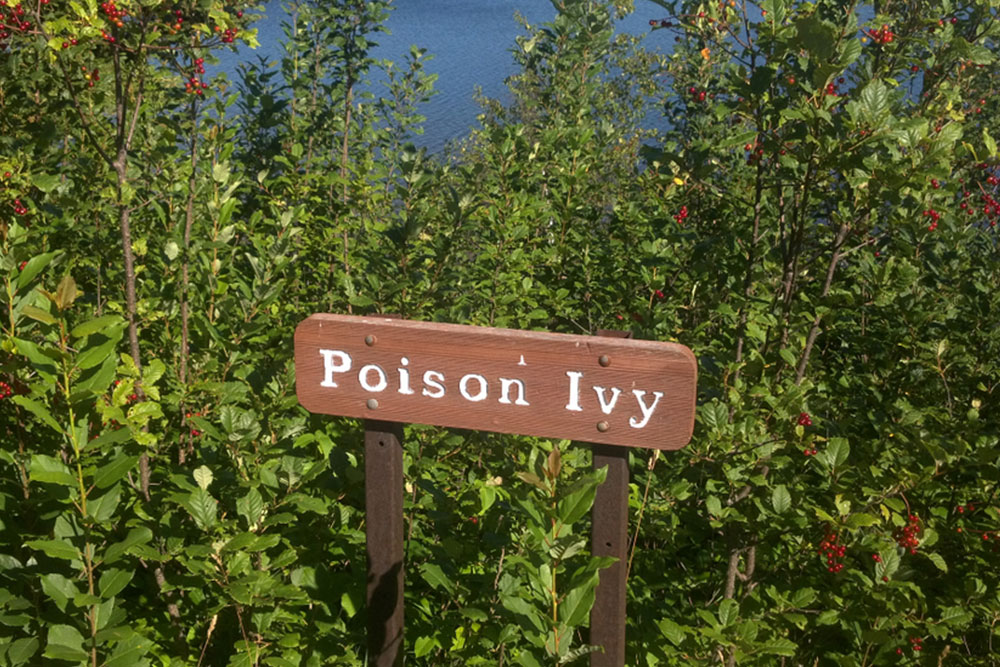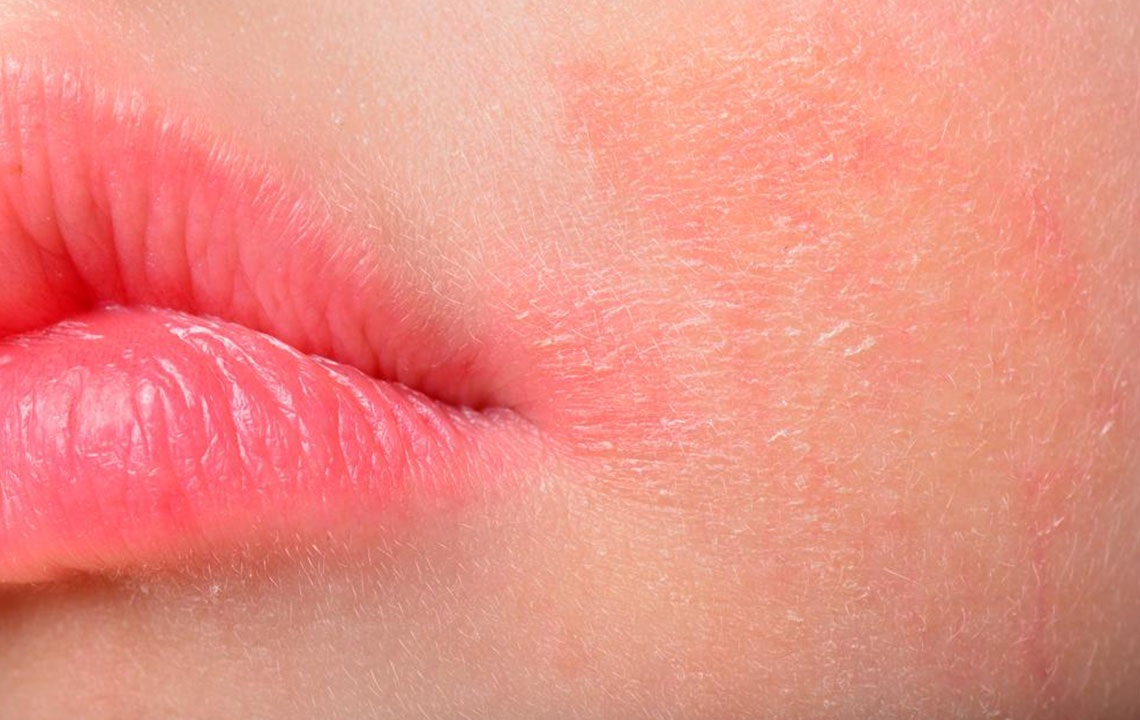Guide to Poison Ivy: Identifying Symptoms and Effective Care
Learn about poison ivy, its symptoms, and effective treatment options. Recognize signs like redness, blisters, and itching, and discover preventive measures such as proper hygiene and avoidance. Whether mild or severe, prompt actions can reduce discomfort and prevent complications.

Poison ivy is a widespread plant in North America that can trigger skin irritation upon contact. The allergic response is caused by urushiol oil present on its leaves, stems, and roots. Prompt washing after exposure can prevent rashes; without it, severe itching and blisters may develop, lasting several weeks. Mild reactions often improve with home treatments such as cool baths and soothing lotions, but serious cases might need medical intervention. Noticing symptoms like redness, swelling, blistering, and itching is crucial. Preventive actions include avoiding contact, cleaning clothes and pets, and washing the skin immediately after exposure. For persistent symptoms, consult healthcare providers for suitable treatments, including topical or oral medications.
Symptoms typically emerge within 12-48 hours and can persist for 2-3 weeks.
The severity hinges on the level of urushiol exposure.
Effective remedies involve cold water rinses, over-the-counter medicines, and hygiene practices.
Seek medical attention if symptoms worsen or breathing issues occur.


